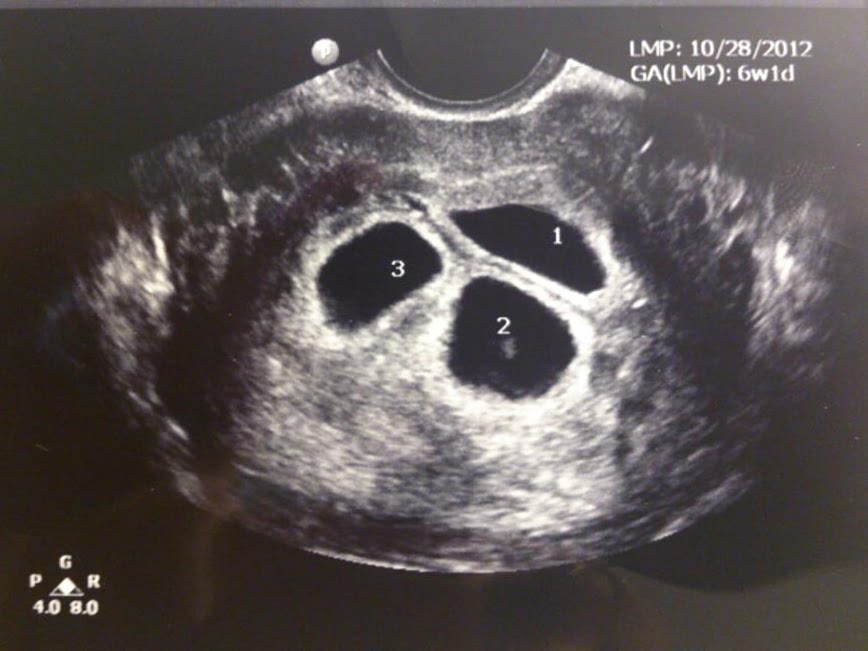What is Fetal Reduction?

Fetal reduction (reduction of pregnancy) is the process of reducing the number of embryos by stopping the heart beat of one or both of the embryos in triplet or multiple pregnancies after in vitro fertilization.
The purpose of the fetal reduction procedure is to reduce the number of fetuses and increase the likelihood of gestation without problems. Fetal reduction is not recommended in twin pregnancies except for special cases. In the presence of triplet or more fetuses, it is advisable to reduce the number to two.
Especially in patients receiving IVF treatment, triplet pregnancies can sometimes be obtained after 3 embryo transfer to increase the chances of pregnancy. In this case, the families who have been trying to have children for years have experienced this happiness on one side and the risks of multiple pregnancy on the other side. The most important effect caused by multiple gestations (especially triplets and over) is the problems that can occur in preterm and early preterm infants.
Health problems that can be seen in infants due to premature birth (prematurity); are severe lung problems, heart diseases, brain hemorrhage, severe damage to the eye, hearing problems, intestinal problems, severe infection-sepsis, anemia, (anemia) hepatitis.
All these problems can cause permanent damage by affecting the baby’s life in the future.
Multiple pregnancies are at risk of premature birth, high blood pressure or preeclampsia (toxemia) due to pregnancy, diabetes and vaginal bleeding.
Although it is a difficult decision for couples to decide on Fetal Reduction considering the financial and moral difficulties that couples have to endure to have a baby, it is very important to keep the pregnancy healthy and finish with a happy ending.
How to Perform Fetal Reduction?
Fetal Reduction is performed at 11th-12th weeks of gestation. The problem is less likely to occur when you are at the early stages of your pregnancy. The procedure is based on the principle of stopping the heartbeat by introducing potassium chloride (KCL) into the heart of one or both of the infants through a very thin needle through the abdominal region with ultrasound guidance. After the procedure the heart is stopped and the baby spontaneously melts and disappears after a while (6-8 weeks). Other babies or mother are unlikely to be damaged after the procedure. Restriction of activity or rest are not required after Fetal Reduction.
Fetal reduction increases the chance of having a healthy baby.
What Are the Risks?
The risk of losing other babies after fetal reduction is 1-5%. The risk of losing pregnancy reaches to 10% as the number of babies that are applied reduction. However, it should not be forgotten that the probability of delivering a premature baby from a triplet pregnancy is close to 100%. For this reason, reduction is recommended for all pregnancies of triplets and above.

